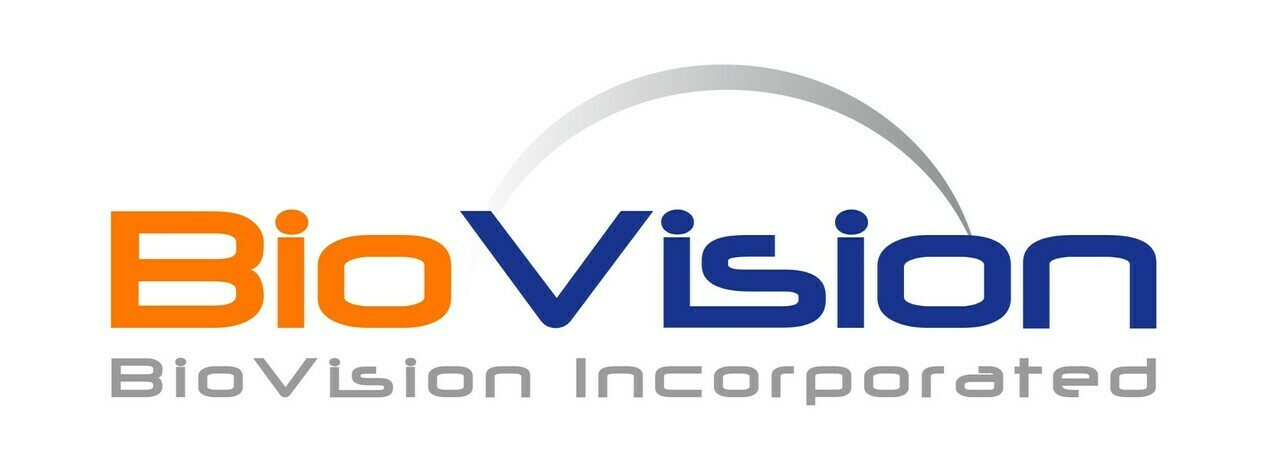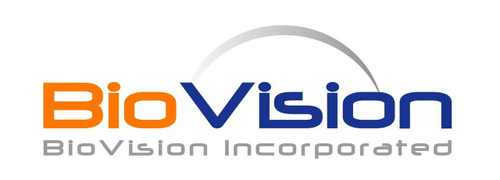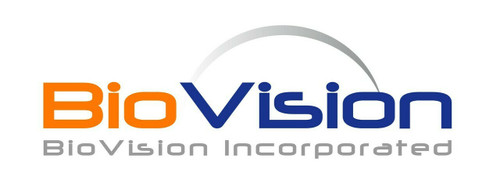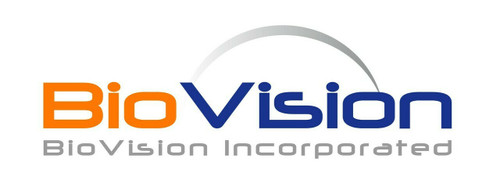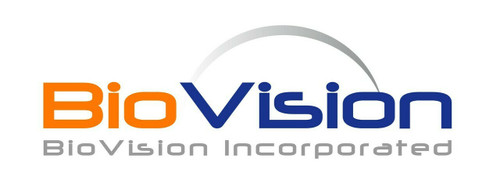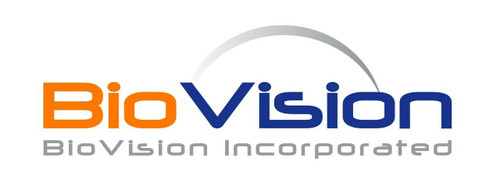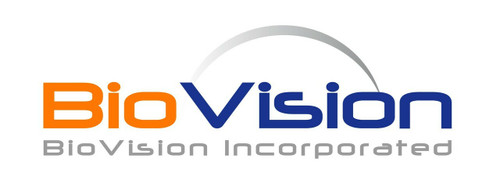Product Description
CD69 (Cluster of Differentiation 69) is a human transmembrane C-Type lectin protein encoded by the CD69 gene. It is an early activation marker that is expressed in hematopoietic stem cells, T cells, and many other cell types in the immune system. Diseases associated with CD69 include Coccidioidomycosis and eosinophilic pneumonia. It is also implicated in T cell differentiation as well as lymphocyte retention in lymphoid organs. CD69 the early activation antigen is also known as C-type lectin domain family 2 member C (CLEC2C), Activation inducer molecule (AIM), Early T-cell activation antigen p60 and Leukocyte surface antigen Leu-23. CD69 contains one C-type lectin domain. CD69 is induced by antigens, mitogens or activators of PKC on the surface of T and B-lymphocytes and by interaction of IL-2 with the p75 IL-2R on the surface of NK cells. CD69 / CLEC2C is involved in lymphocyte proliferation and functions as a signal transmitting receptor in lymphocytes, natural killer (NK) cells, and platelets. CD69 is also known to interact with and mediate S1P and LAT1 receptors, which influence lymphocyte egress in lymphoid organs among other responses.
Biovision | P1639 | Human CellExp™ CD69 Protein DataSheet
Biomolecule/Target :
Synonyms: BL-AC/P26 Protein,GP32/28 Protein,EA1 Protein,CLEC2C Protein,MLR-3 Protein,AIM Protein
Alternates names: BL-AC/P26 Protein,GP32/28 Protein,EA1 Protein,CLEC2C Protein,MLR-3 Protein,AIM Protein
Taglines: Early T-cell activation marker
NCBI Gene ID #: 969
NCBI Gene Symbol: CD69
Gene Source: Human
Accession #: NP_001772.1; Q07108
Recombinant: TRUE
Source: HEK293 cells
Purity by SDS-PAGE: ≥ 95% by SDS-PAGE
Assay:
Purity:
Assay #2:
Endotoxin Level: < 0.1 EU/ug of the protein by LAL method.
Activity (Specifications/test method):
Biological activity: Recombinant Human CD69 Protein is produced by HEK293 expression system. The target protein is expressed with sequence (Ser 62 - Lys 199 ) of human CD69 (Accession #NP_001772.1) fused with a 6×His tag at the C-terminus.
Results:
Binding Capacity:
Unit Definition:
Molecular Weight: 20-26 kDa
Concentration:
Appearance: Lyophilized solid
Physical form description: Solid
Reconstitution Instructions: Reconstitute to a concentration of 0.1-0.5 mg/mL in sterile distilled water.
Amino acid sequence: Ser 62 - Lys 199
Handling: Centrifuge the vial prior to opening.
Usage: For Research Use Only! Not to be used in humans
 Euro
Euro
 USD
USD
 British Pound
British Pound
 NULL
NULL

